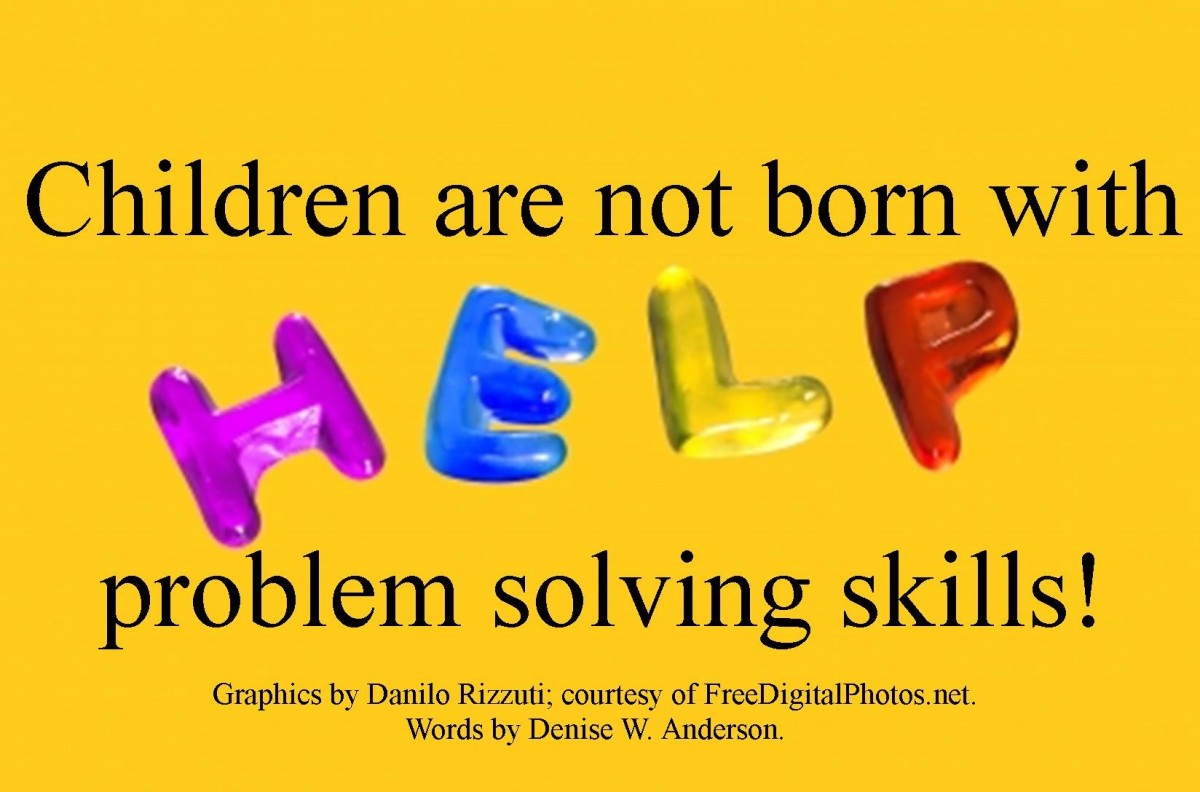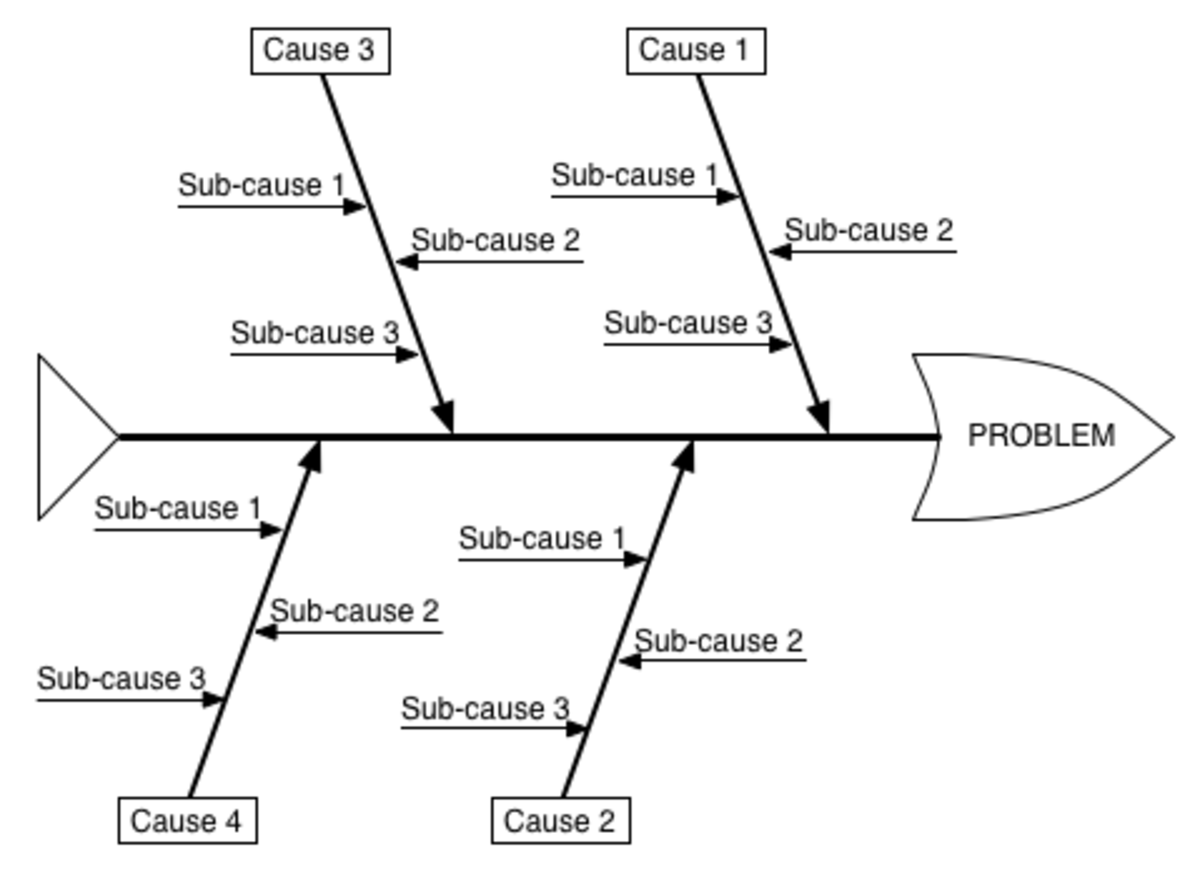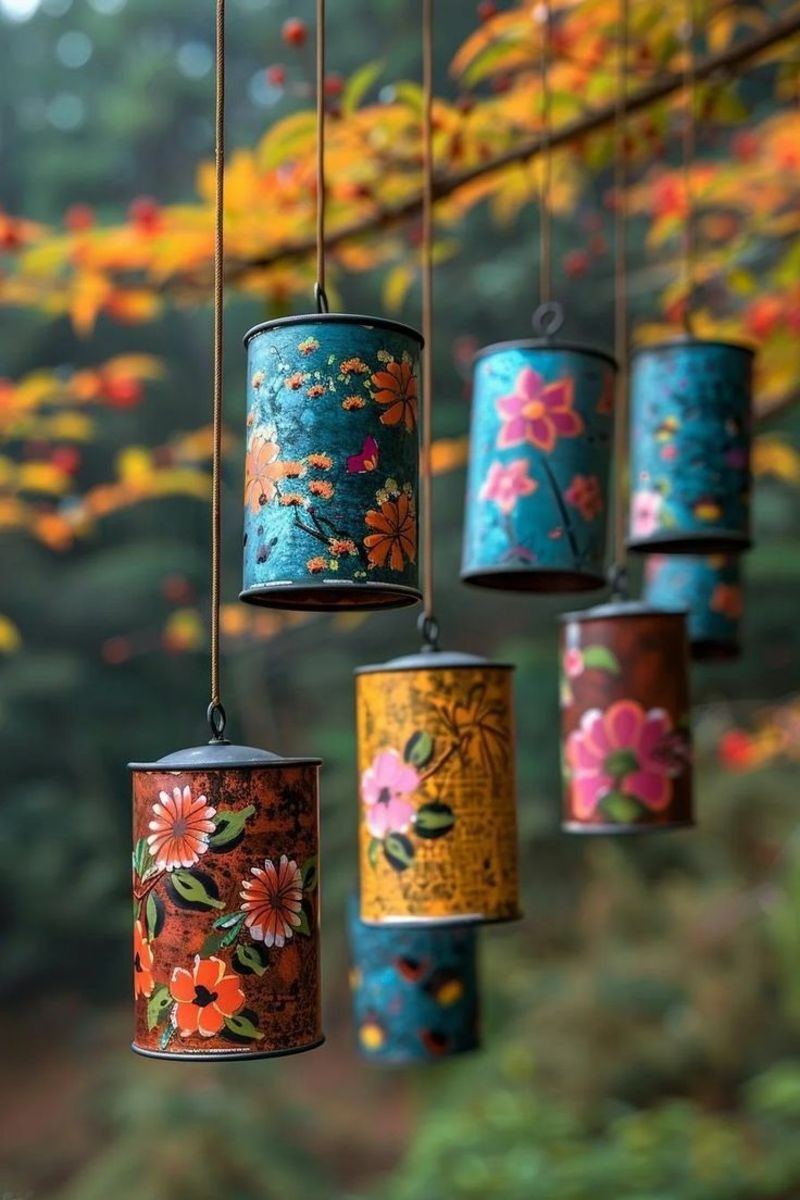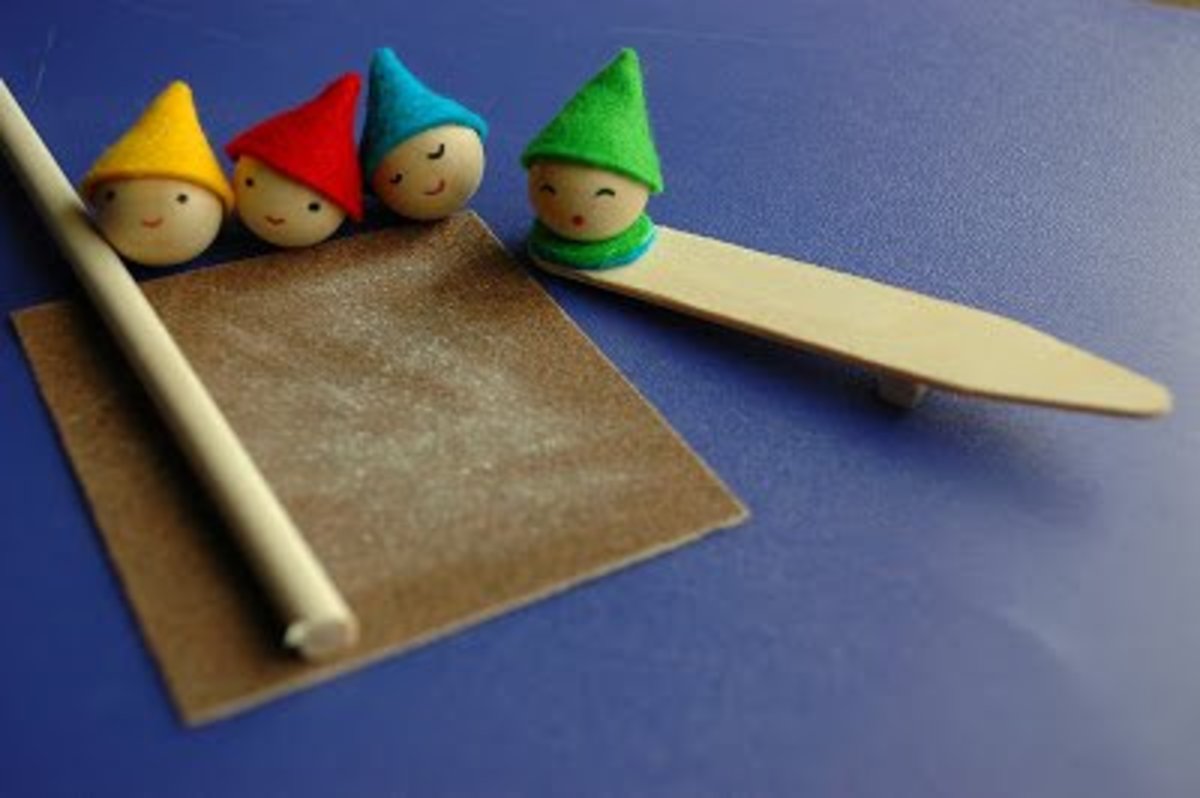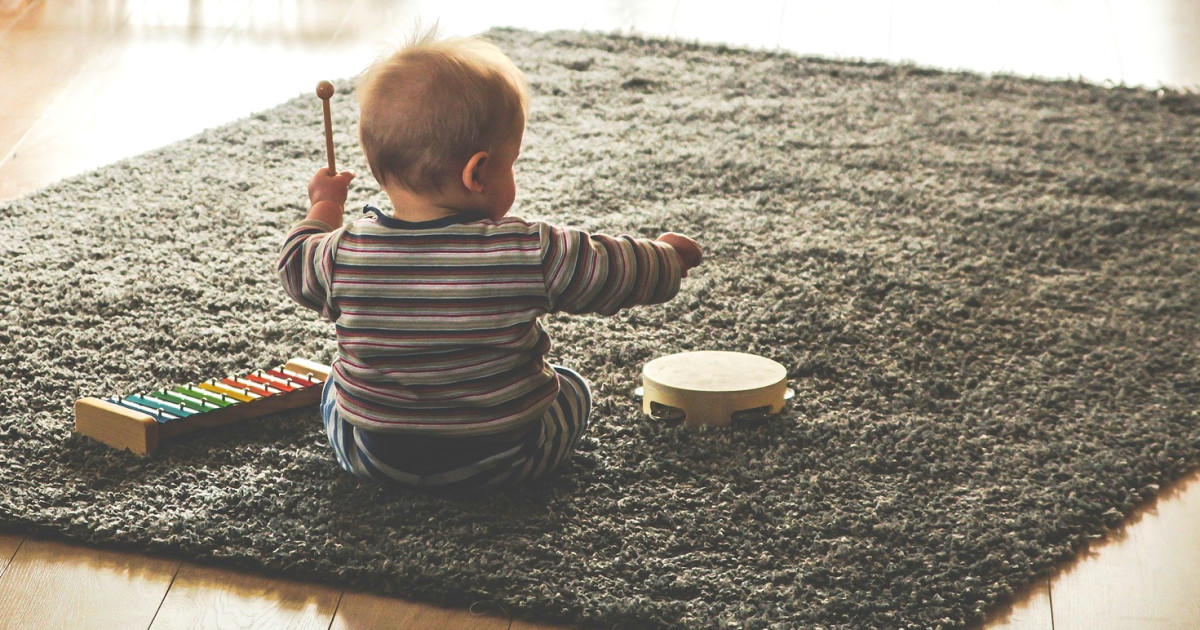Top 5 Positive Things Kids Learn From Art

What's Been Learned From Art Through History
Through the ages, art has certainly had it's purpose. Consider the early drawings on cave walls in various locations around the world. The clear purpose of art in that primitive time was to provide a record of events, share a visual story when language may have been insufficient or to simply pass on information to others. Primitive people created art to depict the world around them.
In more recent history, art had a more prominent place in the lives of people. Paintings were not only created to record an image or event but to evoke emotion and even help the ordinary person visualize extraordinary things. As art and artists moved ahead through history, visual art began to evolve into many different forms like impressionism, cubism and abstractionism.
So what is the purpose or function of the arts in today's modern world? Art has a difficult time being defined or fitting into any recognizable category. We live in a world of spoken and written information where visual images are delivered in the form of video, photographs or computer illustration.
So why do painters still work a lifetime to create a masterpiece? Why does a dancer work so hard for a single performance? Why does a violinist work every day and night for years to become a virtuoso? What is the point of art anyway? What do kids learn from creating art?
.

Basic and Complex Problem Solving
One of the first things learned by anyone who has decided to create art is the necessary ability to solve problems. Art requires problem-solving.
Think about this for a minute - when an artist decides to create a vision or image of something seen in his or her head, they face a blank canvas, an unformed stone, a lump of clay, a blank musical staff, etc. The artist must not only figure out how to bring their vision to life, they must also figure out how best to communicate emotion through their artistic creation.
An artist faces immense challenges in all stages of the creative process. The problem-solving abilities learned through art help kids develop better understanding and reasoning skills at an early age. These skills are necessary for any type of success later in adult life, work and relationships.
.

Builds Confidence
Art, especially theater art (acting), musical art (learning and performing with musical interments) and singing train young children how to communicate a message in a very specific way.
Visual arts also work this way on a much more subtle level.Creating any type of art - whether it's a painting, sculpture or performance on stage - the artist/creator must perfect a variety of skills in order to have the confidence to perform or display their art or performance to others.
All artists must practice and rehearse continually in an unending pursuit of perfection in their craft. This is the desire of all those who learn or create art. For kids, this continual striving for perfection forces them out of their comfort zoom and allows them the opportunity to learn from their own mistakes. The result of this art-learning process allows kids to become sure and confident adults.
.

Art Fosters Creativity
When I was in the first grade over 45 years ago, one of the kids that sat next to me decided that his paste could not only be used in his art projects, but could also make a tasty snack.
I'm not sure what happened to that guy, but I think of him often as I have viewed and assessed the work of countless artists over almost 4 decades. I have noticed a steady decline in creativity among artists. From their work, I see a clear connection between what these artists learned as young kids and their level of creativity, maturity and ability to communicate.
Creativity is developed when kids make art. Creativity allows kids to use their problem-solving abilities to look at something from several different angles or think outside the box. It opens up a child's mind to limitless possibilities.
Creating art teaches kids to find different, new and better solutions to problems and challenges. Learning creativity in the early years of a child's life allows them to develop creative thinking in all aspects of adult life.
.

Perseverance and Patience
I remember the first time I saw a violin in grade school. I had watched Isaac Stern perform on television and with typical child-like bravado, I picked up that instrument and tried to play like him.
As bad as that sounded, I was determined to play the violin well. Over many years of practice I finally became a decent violin player, even played in a few school concerts.
My point is this - Learning an instrument, learning to sing, act, dance, paint or sculpt well takes lots of patience, determination and perseverance over a long period of time.
These things are learned by children who pursue and practice art. These children grow up to be patient, determined and persevering adults - valuable skills needed for life and career.
.

Ability to Focus
Recent studies have determined that children who participate in the arts have an improved ability to focus and concentrate. These are skills that must be developed when children are young.
Think about the focus and concentration necessary for a musician to know exactly how loud to play an instrument in an orchestra, band, ensemble or group. A musician must listen as well as contribute to the group as a whole - they must concentrate not only on their role as a musician, but also their role in the group.
The same is true of theater, dancing and visual arts. Performers must learn to develop incredible focus in order to perform music on stage, dance, sing or act in a role.
Painters and sculptors must be able not only to focus on a certain area being worked but also on how that worked area will affect the entire painting or sculpture.
Children who participate in the arts develop valuable skills like focus and concentration that can be used in other areas of life.
.

The Bottom Line on the Things Kids Learn From Art
Perhaps it is only through the eyes of artists that we can really see things in this world of ours. Take a look at some of VanGogh's work and you'll see an artist who observed the world jst a little differently.
Perhaps before we decide there is no practical use for art, we should take time to discover the reasons an artist creates art in the first place. We should also see the desirable skills and abilities developed in children who participate in the arts. Skills and abilities that ultimately may create happier, fulfilled and successful adults.
As an artist, I want to encourage you to help all children experience the benefits of creating art - whether that be visual art, music, dance or theater.
Get behind the arts and make the world a better place for everyone.
.


